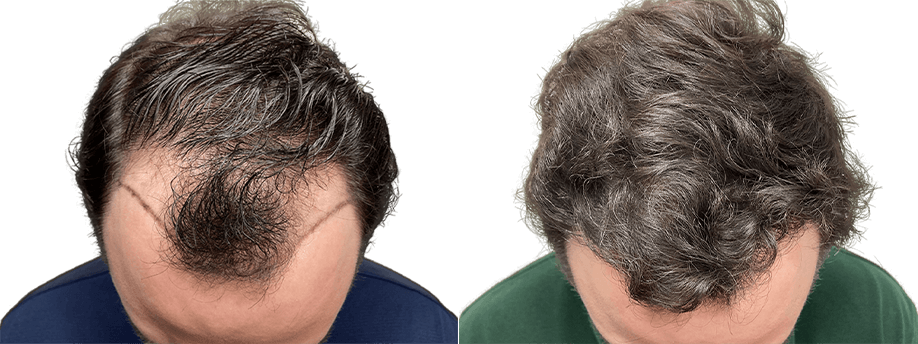Since the Body to Scalp Hair Transplant procedure is labor and skills-intensive and requires a larger team of clinicians and Techs, it is priced higher than the regular FUE price. We offer 0% financing up to 24 months via third parties if you qualify.
Depends on the size and complexity of the procedure. In some cases, it may take a couple of hours longer than a traditional FUE Hair Transplant (6-8 hours).
Just like anesthesia for our traditional FUE and FUT hair transplants, everything is done in an outpatient, clinic-based setting using local anesthesia. Many people watch a movie or take a nap during the procedure.
We'd harvest the back or sides of the head, and then two secondary sites, usually the beard, chest, abdomen, or quads. We're looking for the best quality hair we can find on your body. We then use the WAW FUE device. Its special hybrid punch and oscillating motor allow our clinicians to penetrate the skin at appropriate depths with minimal trauma, yielding plump grafts. Our technique empowers people who have traditionally been told they are unable to receive a hair transplant to receive one.
Follow all the instructions given by your clinician. As with any surgical procedure, you'll be asked to avoid alcohol and tobacco, as well as taking aspirin and other medications. You may also be asked to take one or more chlorhexidine showers or baths prior to surgical day to ensure sterility in areas that tend to harbor more bacteria. We ask you to wash your scalp with shampoo, but not with conditioner, on the day of the procedure.
























